A huge thank you to all of our amazing family and friends who helped us celebrate our wedding!
Rock from Todagin Mountain, sand dollar from Tofino, and coral from the Yucatan Peninsula: tokens from our engagement, wedding and honeymoon.
Uncategorized
A huge thank you to all of our amazing family and friends who helped us celebrate our wedding!

Rock from Todagin Mountain, sand dollar from Tofino, and coral from the Yucatan Peninsula: tokens from our engagement, wedding and honeymoon.

I can’t think of a better way to clean up after the first leg of fieldwork. I am off the mountain for a few weeks as I prepare for the return trip to photograph the rutting season in November. www.survivingtodagin.com
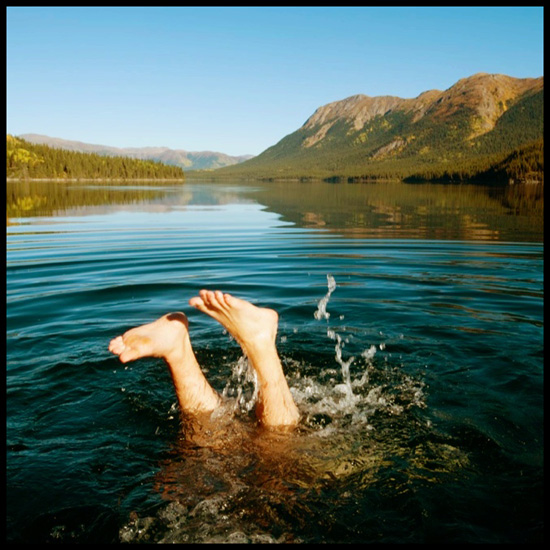
High wind is a frequent problem on the plateau, and again it got the better of my camp. When I return in November to photograph the rut, I'll move camp off the plateau down to tree line to escape the weather, which will only get worse. www.survivingtodagin.com
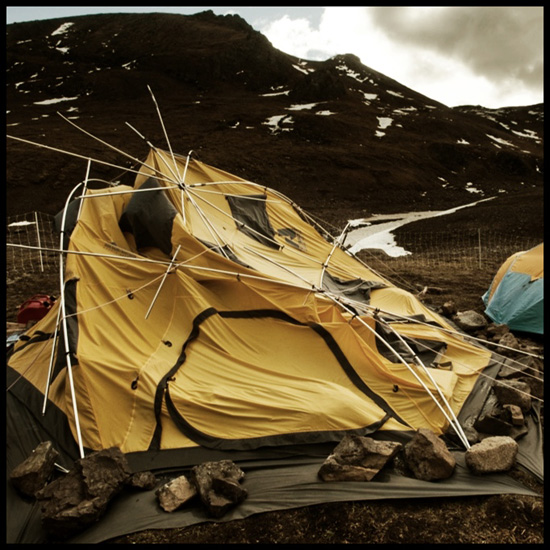
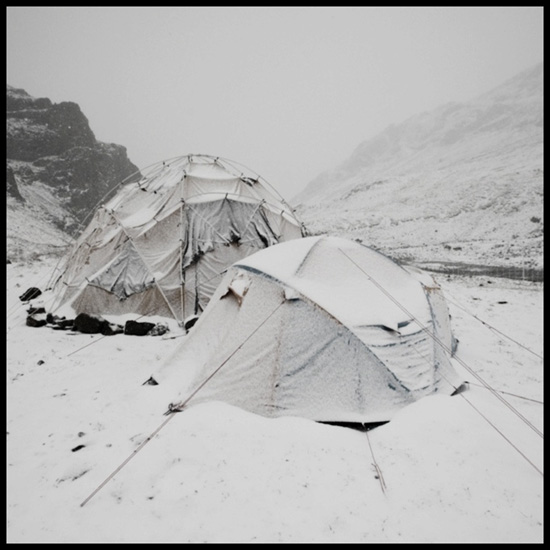
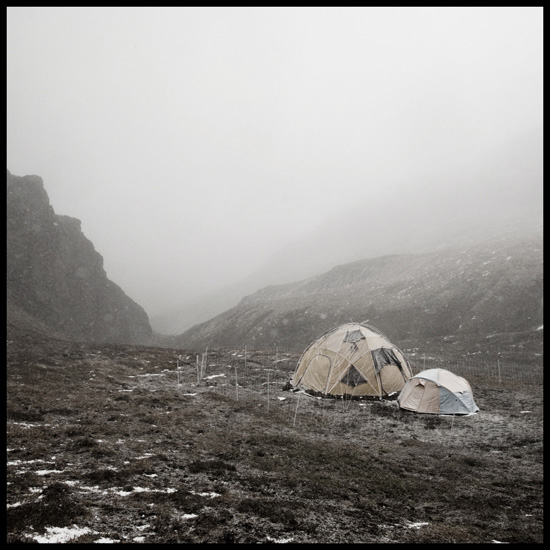
The plateau is etched with a complex network of sheep trails, many of which follow precipitous routes across cliffs. These are used to escape predators, such as wolves and grizzlies, and to access safe places to bed down for the night. Escape terrain is a critical component of sheep habitat – a herd will settle with poorer forage if needed to ensure adequate access to cliffs. In an attempt to capture the importance of this terrain, I rappelled the cliffs to install camera traps along these trails. www.survivingtodagin.com
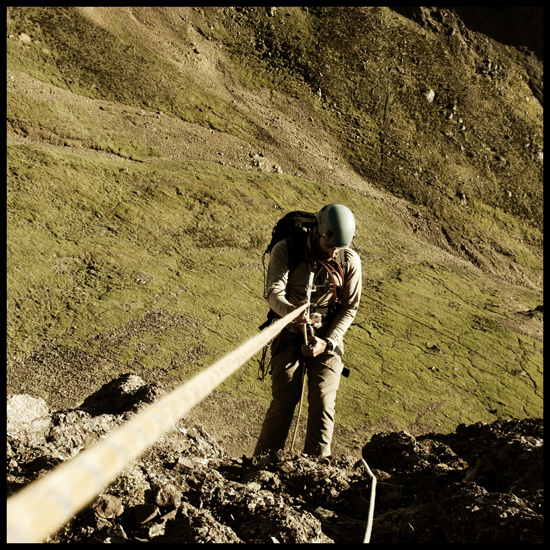
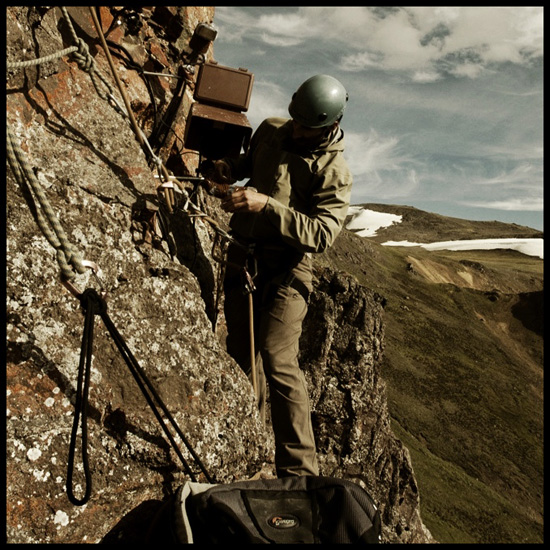
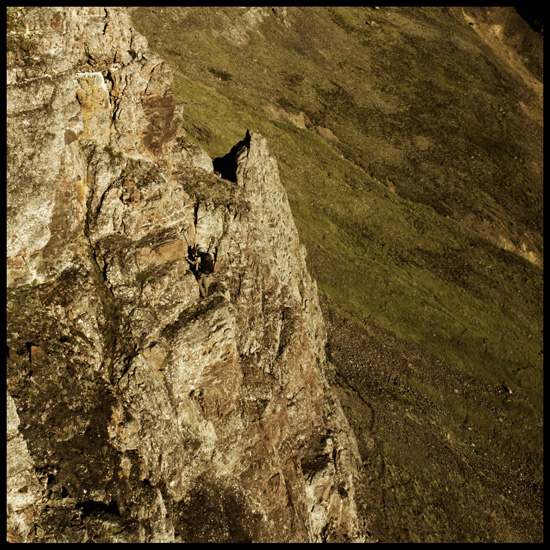
National Geographic Explorer-in-Residence Mike Fay walked up Todagin Mountain to witness this threatened landscape the same way he has witnessed so many others: one sandaled foot in front of the other. It is inspiring to sit on this plateau and talk with the man who spent 455 days walking 3,200 miles across Africa and helped create 13 National Parks in Gabon. His new work looking at the wave of resource extraction developments sweeping across northern BC is shocking. The rate and scale of development is unprecedented. I have partnered with Mike to produce in-depth stories of some of the hotspots in the region he is covering, Todagin being the first.


The cook at a nearby lodge was thrilled to meet Mike. He has had a Fay quote tattooed on his arm for a decade: “There will not be a day for the rest of my life that I do not think of this place. I finally found here what I have been looking for all my life.” - Mike Fay

I am pleased to share a short narrative on the Sacred Headwaters by National Geographic Explorer-in-Residence Wade Davis featuring my images of the region. Special thanks to Wade Davis, Jenny Nichols and Patagonia for making this possible.
Sacred Headwaters feature in March/April Orion Magazine with text by Wade Davis. View Orion's online slideshow here.
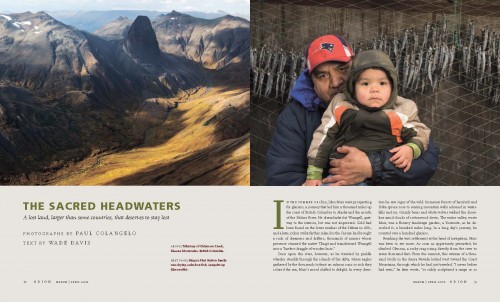
The Vancouver launch of The Sacred Headwaters by Wade Davis will be March 6th, 7-9pm at the SFU Woodward Centre for the Arts. Wade Davis will be in attendance to speak about the issues surrounding the Sacred Headwaters. See here for complete details.

Photo Life Magazine and its French language counterpart, Photo Selection, published a profile piece in their Feb/Mar issue.
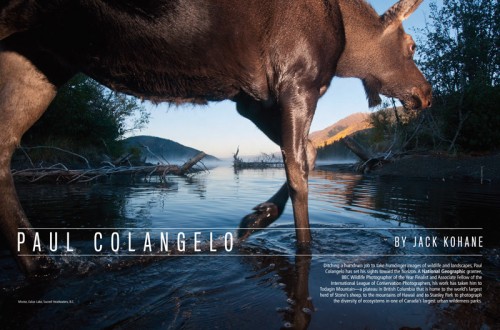

Image on the cover of Canadian Wildlife Magazine for a story on Canada's boreal forest.

We had a great opening night in Banff yesterday for the Sacred Headwaters, Sacred Journey and Great Bear Rainforest exhibits. The previous night, Wade Davis moved a sold-out crowd with his talk on the Sacred Headwaters. The exhibits will be on display in the Jeanne and Peter Lougheed building at the Banff Centre until December.

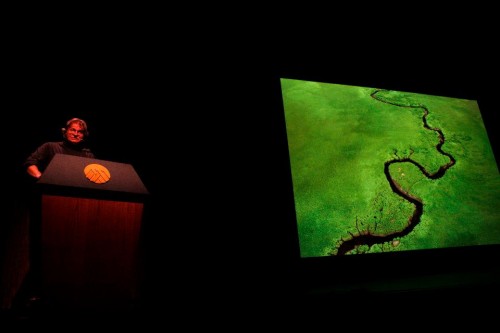
Images © Mark Christmas
Sacred Headwaters image featured in Sept. Canadian Wildlife Magazine.
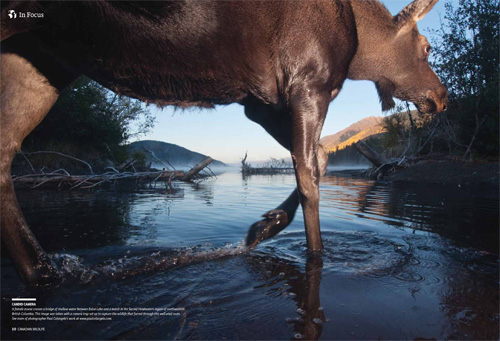
Tents torn apart. Poles snapped. Foot-and-a-half-long stakes ripped out of the ground. I have no idea how fast the wind was to do all this, but 3,000 ft below me it was knocking trees down across the highway. Todagin is known for its wind, but not like this. Some pilots wouldn't fly in it, but luckily one helicopter pilot was nearby and able to pick me up. When he landed, he actually held the nose down to keep the wind from tipping the helicopter back on its tail. All this to say that a storm has cut this leg of the fieldwork short. It was the second time this year that the tents were completely destroyed, and it would be serious trouble should this happen in the middle of a -15C night. So I've decided to pull everything off the mountain until I can find a solution for the wind.
Time to dry out...
What was supposed to be a three-day trip to the nearest town of Smithers has now stretched to over a week. It's official: BC has had the worst summer for weather in 50 years. It has become so bad that flooding and mudslides have closed the highway, delaying a return to Todagin. The silver lining is that it makes time for much-needed editing and updates.
I have to say I've become so used to conducting day-to-day business from a mountain that I'm starting to wonder why I need an entire office. A laptop and an Iridium sat phone are all you need, and of course a way to keep them powered. Brunton's portable solar panels are somehow able to suck enough energy from even the most overcast days to power the phone and laptop. These panels do away with the need for a loud generator and are the only option if you're backpacking.

Soon the sheep will make their way to their rutting grounds where the rams will battle for the right to mate. Fierce headbutting competitions will establish the hierarchy and leave all exhausted. It's a time that promises plenty of action. Our camp is too far away from the rutting grounds, so we plan on relocating. But high winds (tent-destroying) are an issue, as the rutting grounds are completely exposed, so finding a somewhat sheltered camp location is crucial.
Today we packed light and made the long hike to scout for our new base camp location.